Harnessing solar energy is a smart way to power your home. It’s clean, renewable, and can save you money.
Connecting solar panels to a battery is a crucial step in this process. It allows you to store energy for later use.
This guide will walk you through the process of how to connect solar panels to a battery. You’ll learn how to set up a battery charging system efficiently.
We’ll cover everything from understanding components to safety precautions. You’ll also find step-by-step instructions for a successful solar panel installation.
Whether you’re a homeowner or a DIY enthusiast, this guide is for you. Let’s dive into the world of solar energy and start your journey toward energy independence with Sunterjee LLC, your partner in smart energy solutions.
Understanding the Components of a Solar Panel Battery System
A solar panel battery system consists of several key components. Each plays a vital role in capturing and storing solar energy.
First, the solar panels collect sunlight and convert it into electricity. This is direct current (DC) energy, which must be managed properly.
A charge controller is essential in this system. It regulates the voltage and current coming from the solar panels. This prevents the batteries from overcharging, which can damage them.
Next, we have the batteries, where the energy is stored. Various types of batteries serve different needs.
Finally, an inverter is often used. It converts the DC power into alternating current (AC) power. This is necessary for most home appliances.
Components include:
- Solar Panels
- Charge Controller
- Batteries
- Inverter
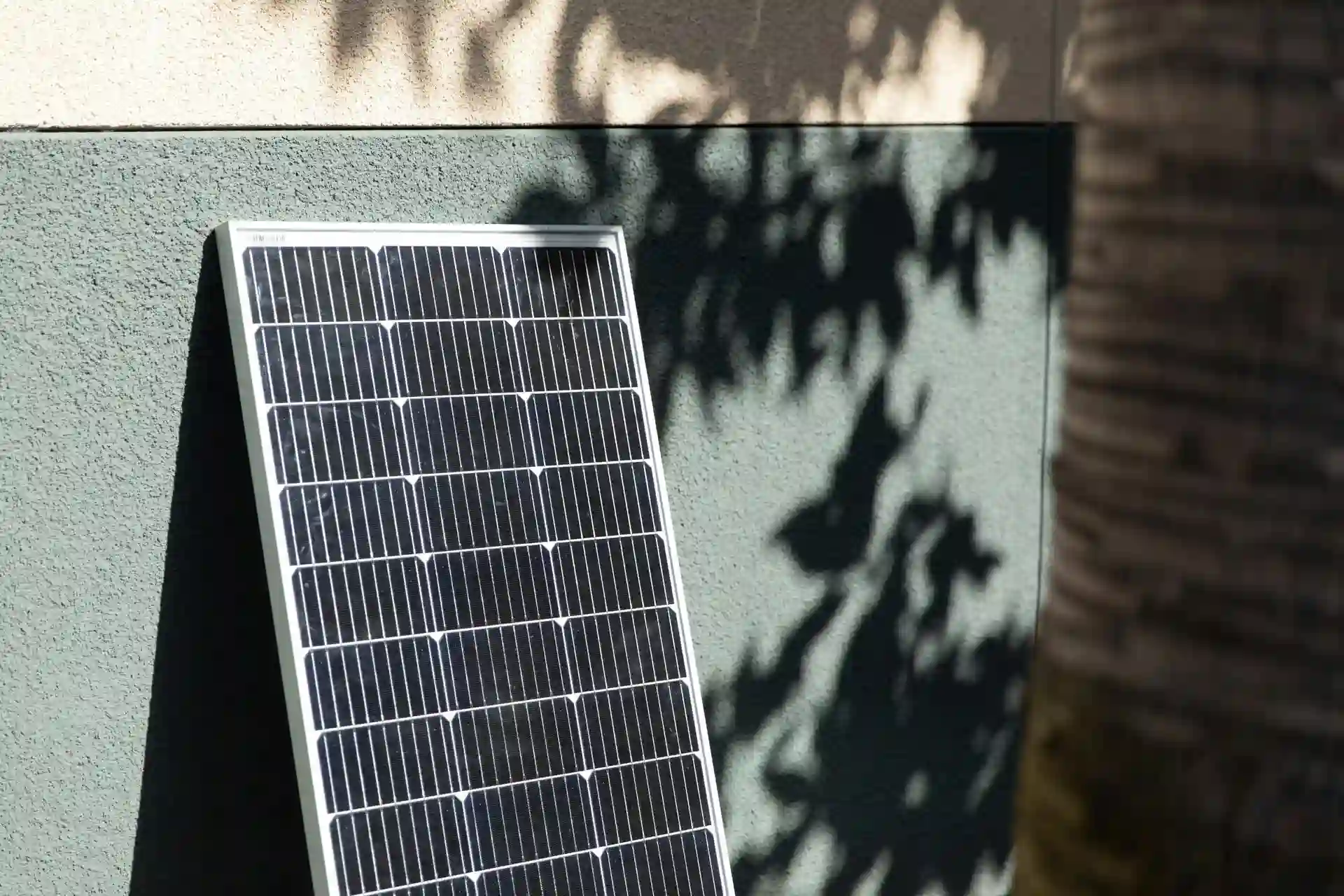
Types of Batteries Used in Solar Systems
Choosing the right battery is crucial for a solar system. Several types are prevalent in solar applications, each with unique benefits.
Lead-acid batteries are the most common. They are affordable and reliable. However, they have a shorter lifespan compared to other types.
Lithium-ion batteries are increasing in popularity. They are lightweight and have a long life, but are more expensive upfront.
Nickel-cadmium batteries are another option. They are durable but usually less efficient.
Types of batteries include:
- Lead-Acid Batteries
- Lithium-Ion Batteries
- Nickel-Cadmium Batteries
Safety Precautions Before You Begin
Safety is paramount when working with solar systems. Taking proper precautions can prevent accidents and damage.
Start by reading the manuals for all components. This ensures you understand each part’s specific safety instructions.
Always wear protective gear, including gloves and safety glasses. This reduces the risk of electrical shocks and other injuries.
Before starting, confirm that all tools are in good condition and not damaged. Faulty tools can cause accidents.
Key safety precautions:
- Read component manuals
- Use protective gear
- Inspect tools for damage
Tools and Materials Needed for Solar Panel Battery Connection
Having the right tools ensures a smooth and efficient setup. Gather everything before you begin to avoid interruptions.
Essential tools and materials include:
- Multimeter
- Wire stripper
- Screwdrivers
- Connectors and cables
- Solar charge controller
- Batteries and panels
These items facilitate the assembly and secure connection of your solar panel system.
Step-by-Step Guide: How to Connect Solar Panels to a Battery
Embarking on a solar panel installation involves several key steps. Each step ensures that your system operates safely and efficiently.
Step 1: Plan Your System and Calculate Requirements
Begin by assessing your energy needs. Calculate the necessary solar panel capacity and battery size.
Consider these factors:
- Daily energy consumption
- Sunlight hours
- Energy storage requirements
Determining these variables helps in designing an efficient setup.
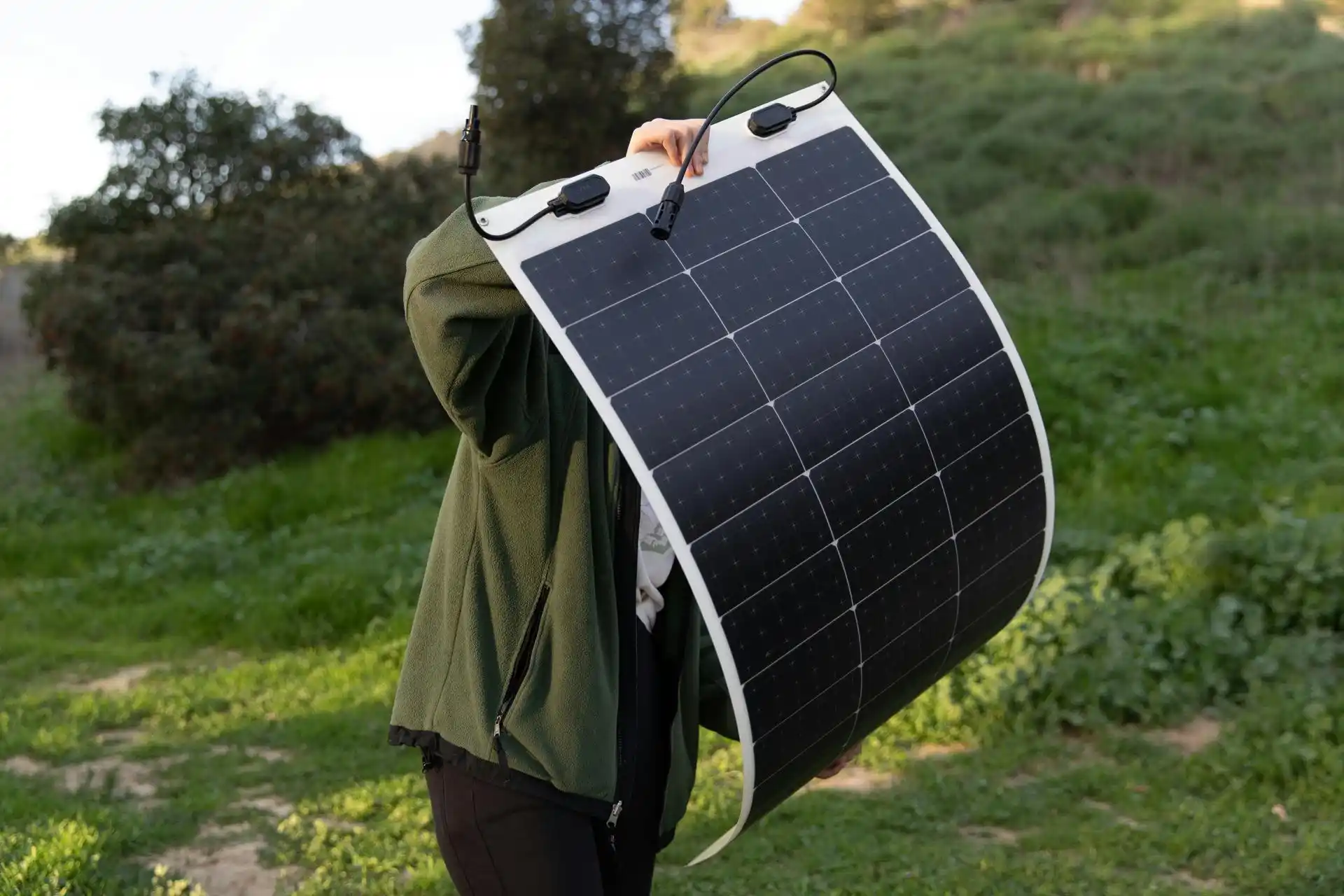
Step 2: Wiring the Solar Panels (Series vs. Parallel)
Next, decide on the wiring method. Series and parallel connections have distinct advantages.
- Series Connection: Increases voltage.
- Parallel Connection: Increases current.
Choose based on your battery and system requirements.
Decide whether to optimize for voltage or current output. Decide whether to optimize for voltage or current output when deciding how to connect solar panels to a battery.

Step 3: Connecting the Charge Controller
Install a solar charge controller between the panels and batteries. This device prevents overcharging.
Follow these steps:
- Connect the solar panel to the controller.
- Securely attach the controller to the battery.
- Confirm all connections are tight.
The charge controller extends battery life and improves safety.
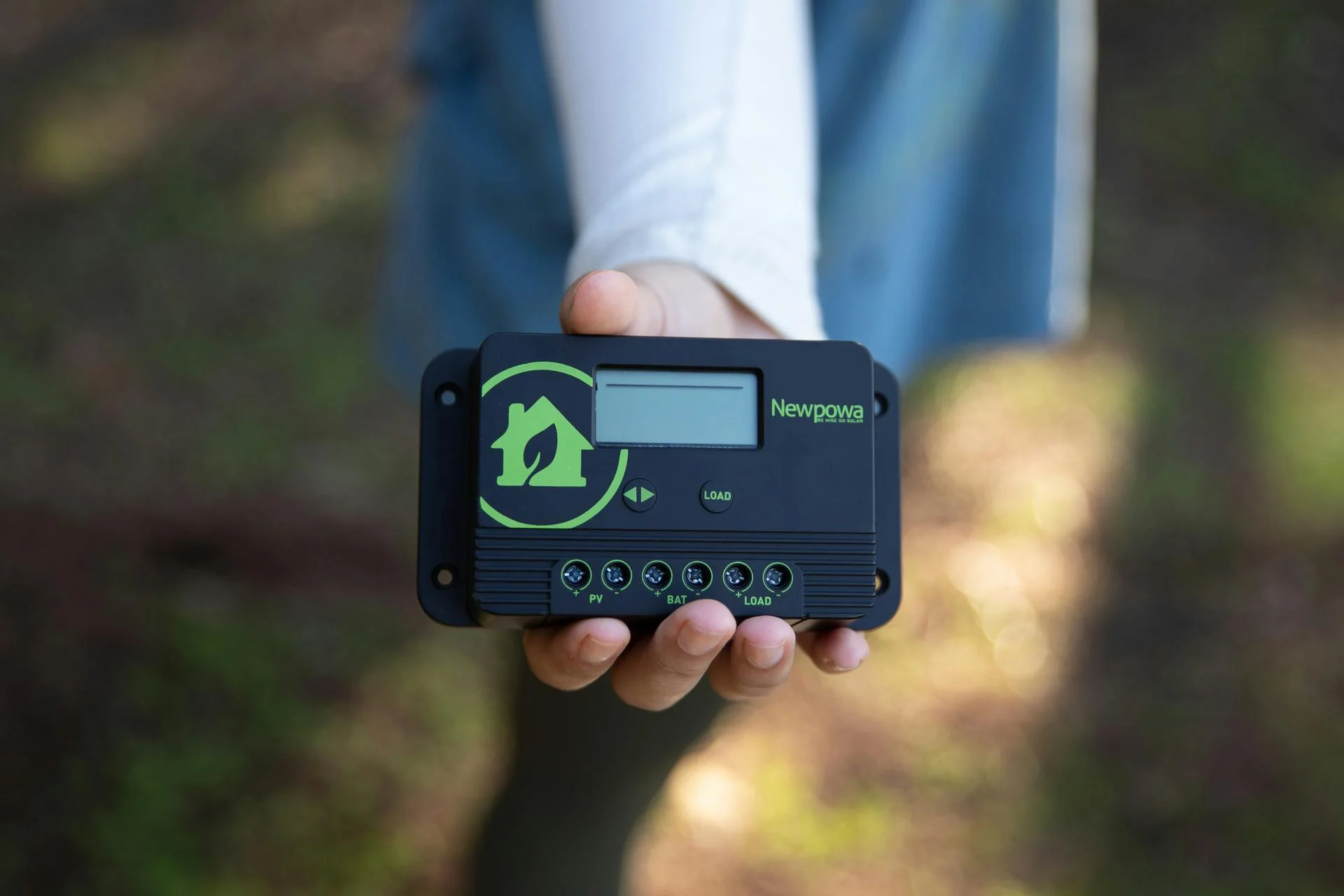
Step 4: Connecting the Battery Bank
Connect your batteries in a bank if you have multiple units. This setup optimizes storage capacity.
Instructions include:
- Link batteries in series or parallel as determined by system design.
- Ensure connections are secure and polarity is correct.
- Test voltage to confirm proper connection.
The correct battery configuration is crucial for performance. Proper battery configuration is essential when determining how to connect solar panels to a battery correctly.
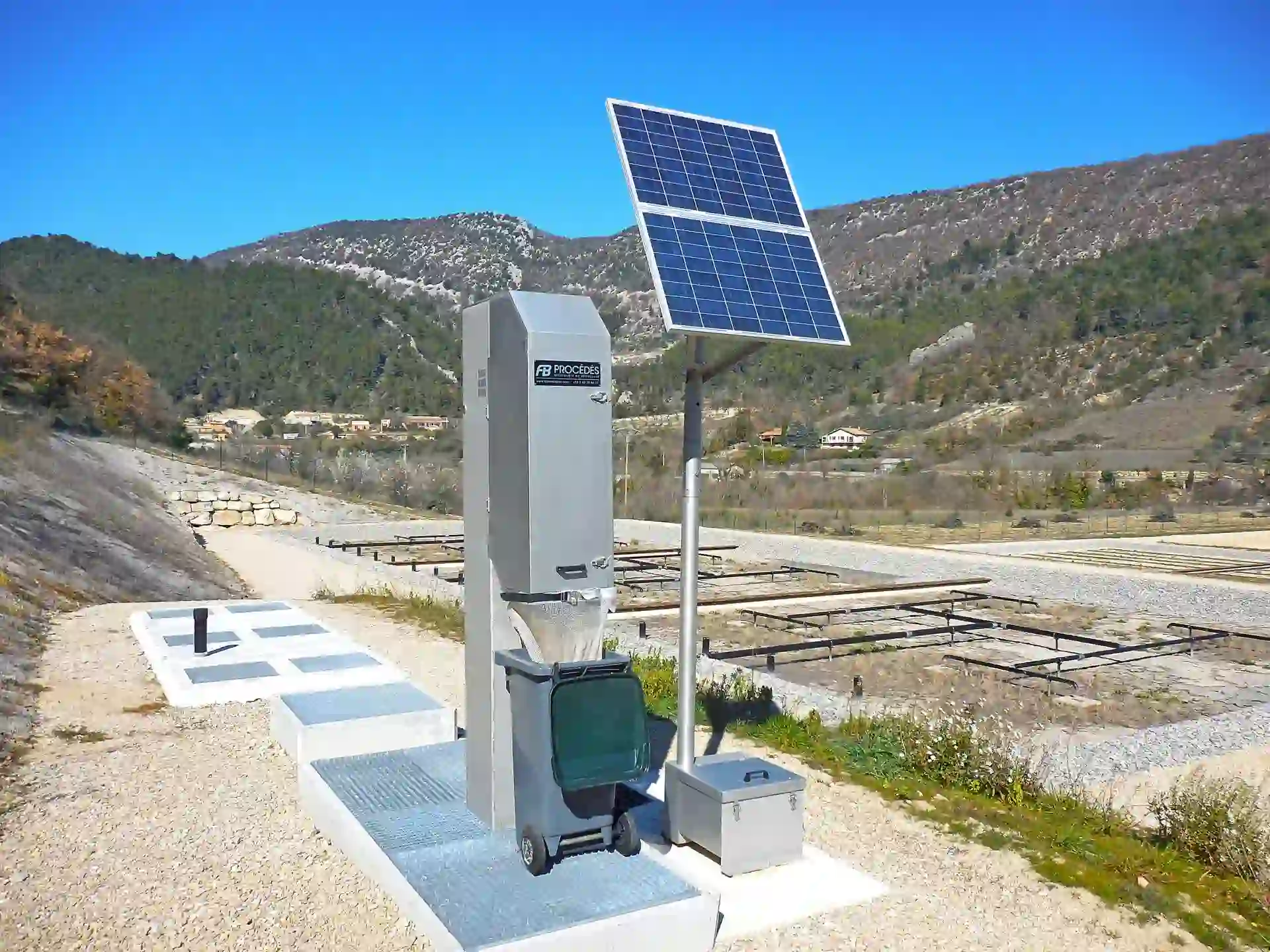
Step 5: Connecting the Inverter (Optional for AC Loads)
For AC load support, connect an inverter. This device converts DC to AC power.
Steps are as follows:
- Connect the battery bank to the inverter.
- Secure all cable connections tightly.
- Test the system by turning on an AC device.
An inverter makes your system suitable for household appliances.
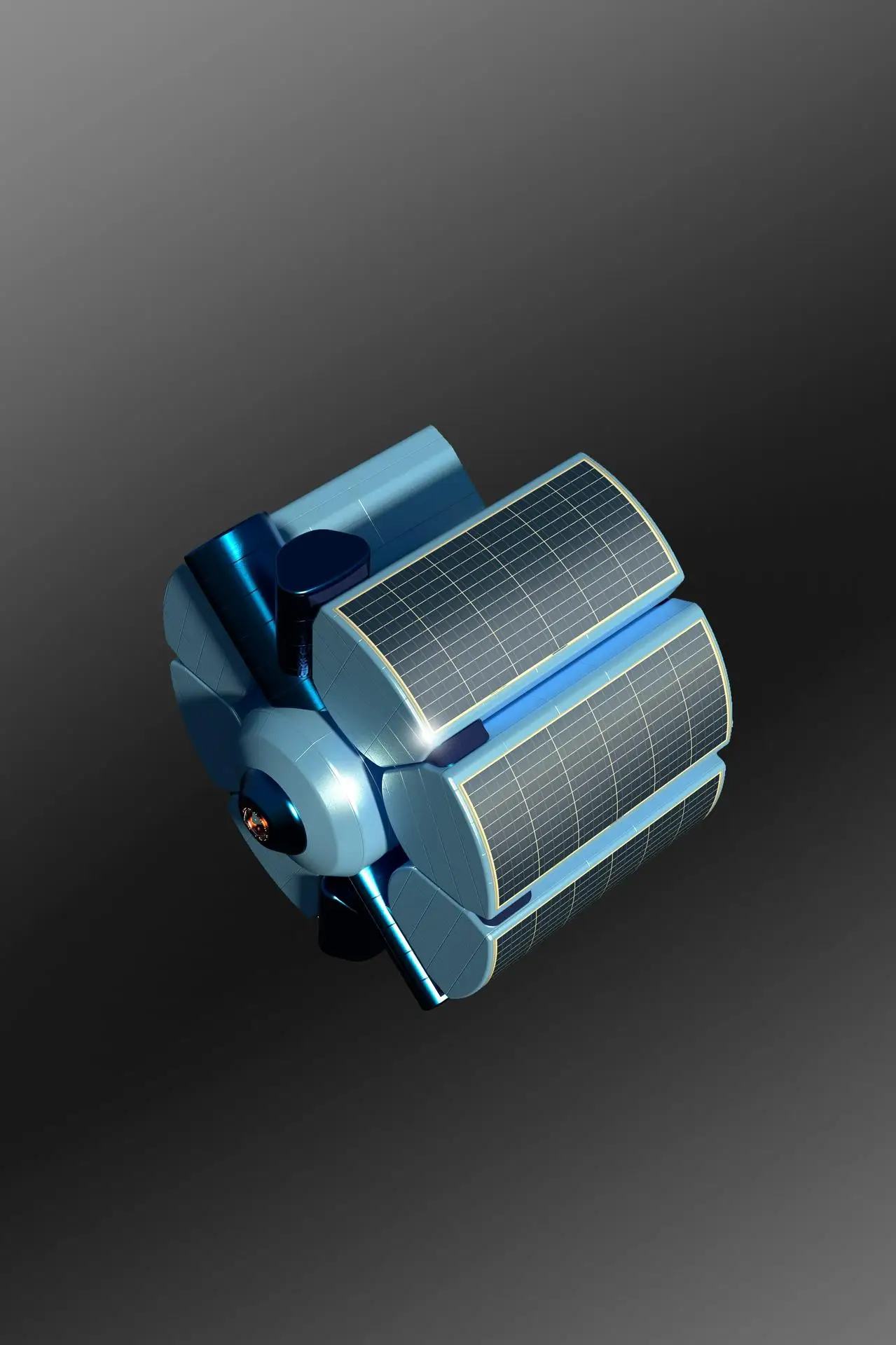
Testing and Troubleshooting Your Solar Panel Battery Connection
After completing your setup, it’s time to test the solar panel battery connection. This step ensures that your system runs smoothly.
Begin by:
- Checking all connections for tightness and proper polarity.
- Measuring voltage output from solar panels and batteries.
- Monitoring the charge controller to confirm correct functioning.
If issues arise, troubleshoot by double-checking all steps and connections.
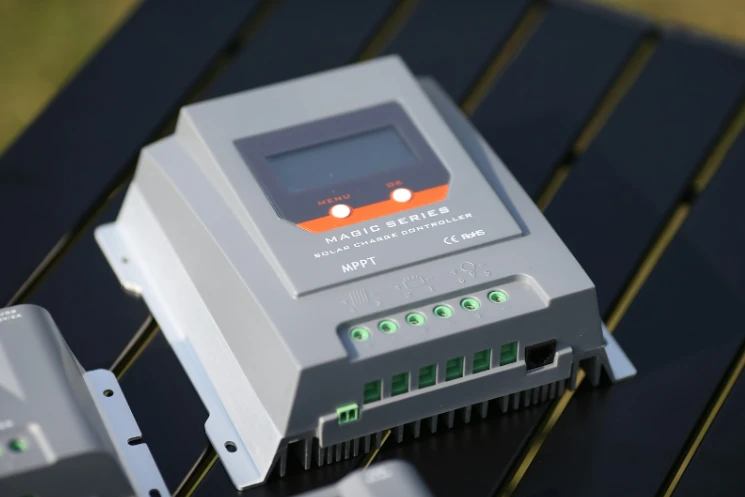
Common Mistakes to Avoid During Solar Panel Installation
Many make errors during solar panel installation. Avoiding these can save time and money.
Here are some common mistakes:
- Incorrect wiring is causing efficiency loss.
- Poor placement leading to shading and reduced power.
- Ignoring voltage matching between panels and batteries.
Careful planning and execution are key, especially when learning how to connect solar panels to a battery for optimal results.
Maintenance Tips for a Reliable Battery Charging System
Regular maintenance ensures the longevity of your system. It also maximizes efficiency.
Here’s what you should do:
- Inspect connections regularly for corrosion.
- Clean solar panels to remove dust and debris.
- Monitor battery performance to detect issues early.
These tips help prevent downtime and costly repairs.
Expanding and Upgrading Your Solar Panel Battery System
As energy needs grow, consider expanding your solar system. Adding panels or upgrading batteries can boost capacity.
Key steps include:
- Assessing current energy consumption.
- Calculating additional power requirements.
- Consulting with a solar expert for efficient upgrades.
Planning helps optimize your system’s performance without unnecessary costs.
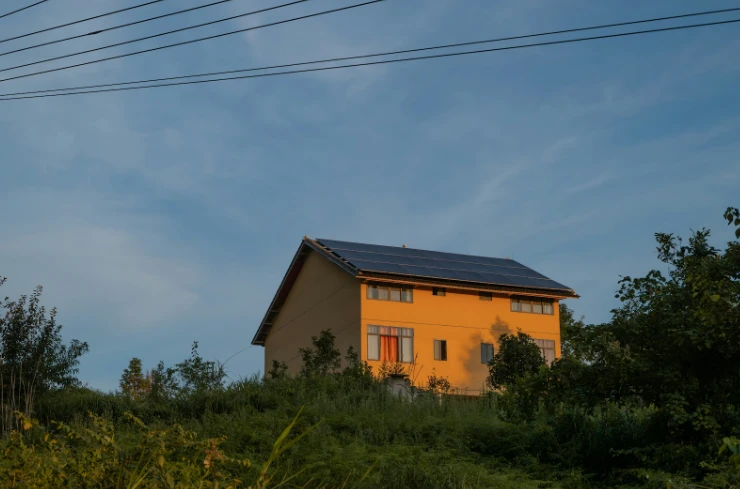
Environmental and Financial Benefits of Solar Panel Battery Connection
Connecting solar panels to a battery offers clear environmental and financial gains. This setup reduces reliance on fossil fuels, cutting greenhouse gas emissions.
Financially, solar systems lower electricity bills over time. Additionally, homeowners benefit from possible government incentives.
Key benefits include:
- Sustainable energy source
- Reduced energy costs
- Potential tax credits
Investing in solar technology is both eco-friendly and cost-effective.
Conclusion: Achieving Energy Independence with Solar Power
Adopting solar power ushers in true energy independence. By harnessing sunlight, you rely less on the grid. This self-sufficiency ensures stability, even during outages or rising electricity costs.
With the right approach on how to connect solar panels to a battery, your system becomes both efficient and sustainable. Transitioning to solar marks a step towards a greener, more resilient future.

Sneha Shah is the owner and driving force behind transformative solar solutions for homes and businesses. With 15+ years in biotech and a strong foundation in project management and sustainability, she bridges technical expertise with market insight. Sneha is also a mentor and clean energy advocate, passionate about expanding solar access to underserved communities.
